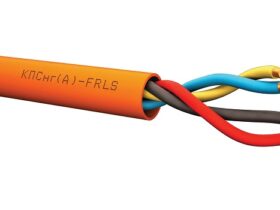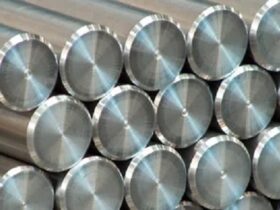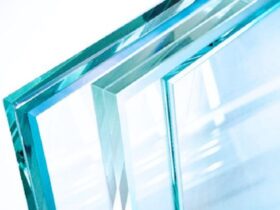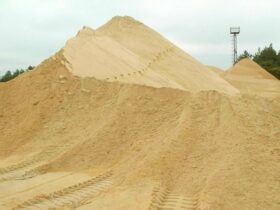Stainless steel, also known as complex alloyed steel, is the most used material in all types of industry: automotive, aerospace, pharmaceuticals, medicine, energy, metalworking — this is just a small fraction of the fields of activity in which stainless steel is currently used.. However, the most famous application for ordinary people is household. Almost all everyday objects used by people, from cutlery and door handles, to elements of complex electrical appliances, consist of it.
The father of stainless steel is the English scientist Harry Brearley. Having received an order from an arms company to develop a technology to increase the life of barrels, which deteriorated too quickly under the influence of temperature, he began to experiment with steel compositions. His main task was to create a metal resistant to erosion. By adding chromium to the alloy to increase the melting point of the material, Brearly, as a result of experiments with nitric acid, found that the resulting metal was resistant to chemical attack. Subsequently, it was he who, in 1913, patented the first alloy steel.
It gained its popularity due to its resistance to aggressive media such as the atmosphere, sea and river water, acids, salt solutions and the like. Although this type of steel is usually called corrosion-resistant, it, like all metals, is still susceptible to rusting. The level of corrosion resistance depends on the measure of alloying elements in the alloy. The main impurity is chromium. The content of this element determines the protective properties of steel against corrosion damage. Corrosion is the spontaneous process of destruction of metals under the influence of the external environment..
Stainless steels are divided into groups according to their properties, which are distributed according to GOST 5632 — 72:
• Corrosion-resistant — the most common, protected from external chemical and electrochemical deformation caused primarily by natural influences. Particularly in demand in the market, corrosion-resistant steel channels.
• Heat-resistant (scale-resistant) have a high level of resistance to chemical erosion of the metal surface in gas environments at temperatures from 550 ° C.
• Heat-resistant — this is the most resistant type of steel, which can withstand operation at high temperatures in loaded systems for a long time.
Due to the different structure of the steels, they were divided into four classes. Martensitic steels are characterized by a high carbon content and are used mainly after heat treatment with a ground or polished surface. Used in the manufacture of cutlery, various blades and blades.
The austenitic-ferritic (duplex) type is characterized by the most concentrated chromium content and the lowest nickel content. This class has a number of advantages over others, since it differs by two times its strength with average values of plasticity and resistance to deformation from shock loads. Used in shipbuilding, construction and manufacturing.
Ferritic stainless steel alloys are similar in properties to low carbon alloys, but have higher corrosion resistance. On average, they contain from 11% to 17% chromium. Used for the production of household appliances and in the automotive industry.
Austenitic steel contains 18% chromium and 8% nickel. It is the most popular and widespread class. Nicknamed «0» by the American Iron and Steel Institute. Its main advantages are high strength, corrosion resistance against a large number of aggressive media, excellent formability, plasticity and weldability..
Such a distribution according to structural features acquired as a result of steel cooling under normal atmospheric conditions after high-temperature heating is considered conditional..
For the marking of steels and their alloys, a system of numbers and letters developed in the USSR is used, which is still valid in the territories of the CIS and Russia. The amount of carbon is placed at the beginning of the code. Further, there are letter designations with numerical quantitative indicators of the presence of alloying substances in the alloy. For example, the letter «X» in the name of the brand «21X18H08» denotes chromium, and the subsequent number indicates that this alloy contains 18% of this impurity. Using this simple knowledge, you can easily determine the exact composition of the alloy, knowing the letters that denote chemical elements. In addition to the Russian GOST, there are several other systems of standards for stainless steels in the world, the most popular of which are the American AISI and the European EN.
According to the Mpstal website

















Оставить коммент.